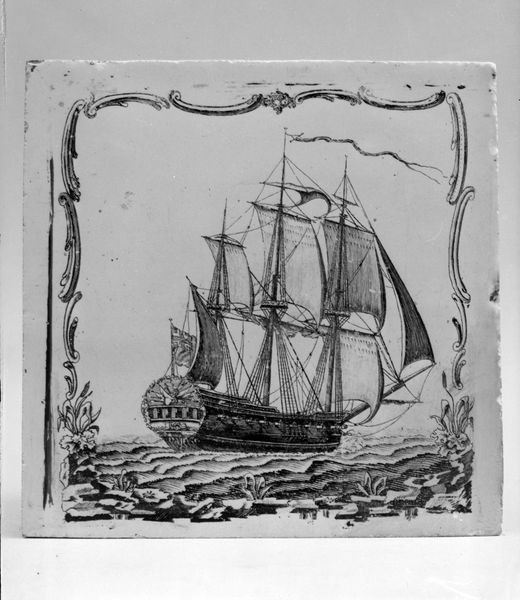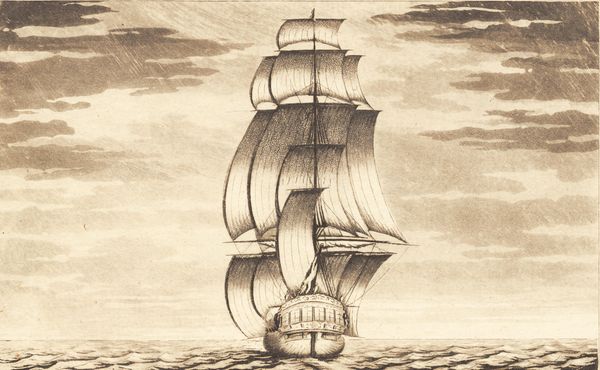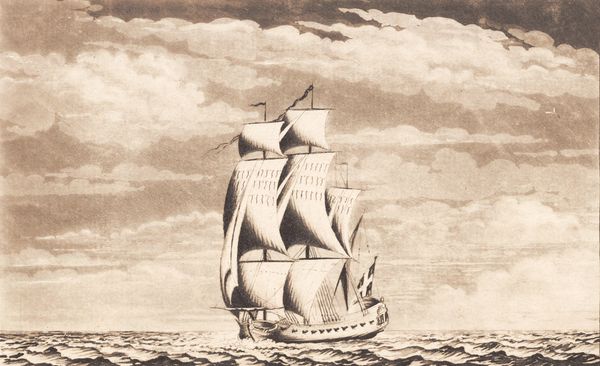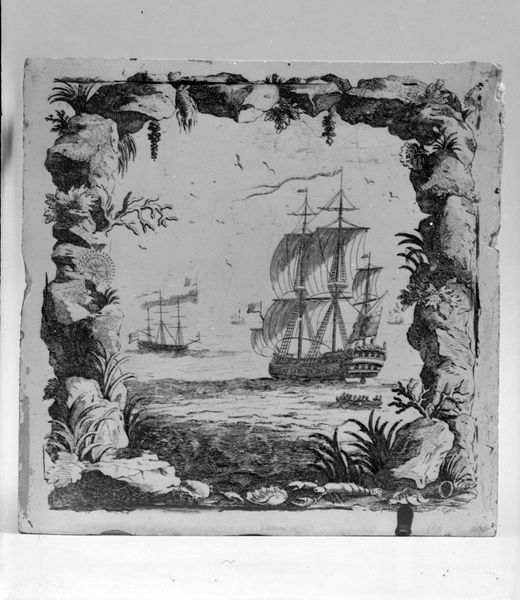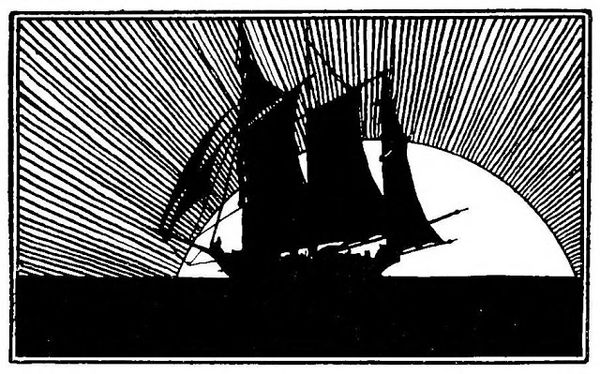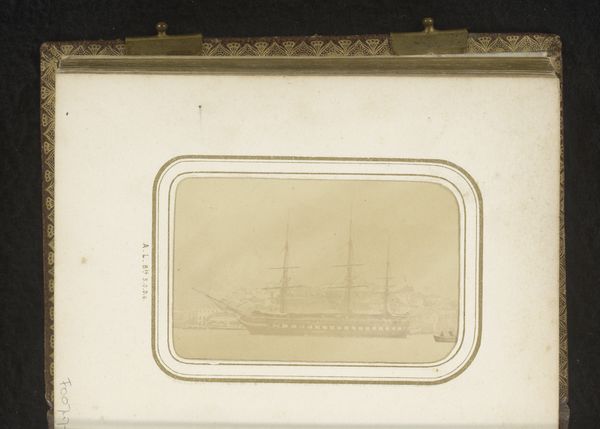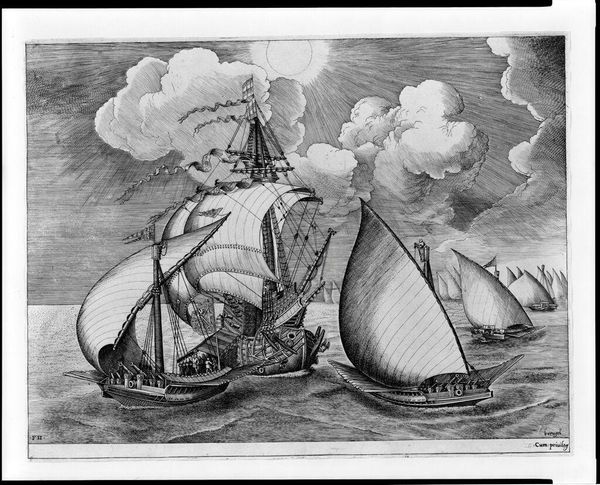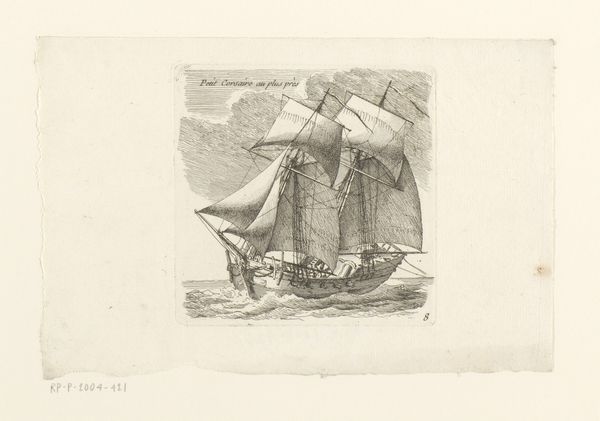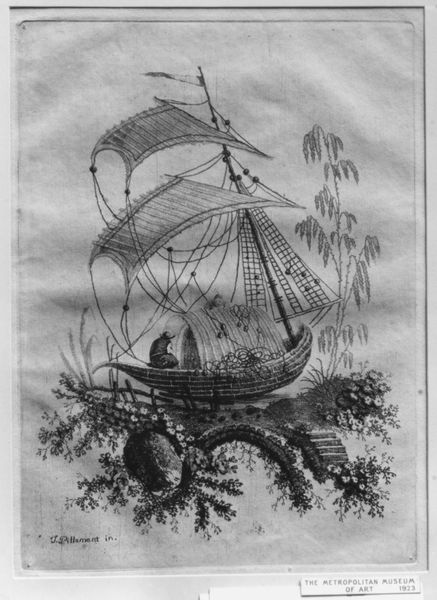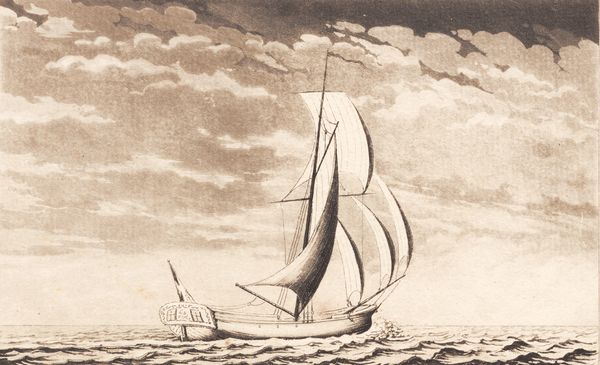
Copyright: M.C. Escher,Fair Use
M.C. Escher created this lithograph, known as "Porthole," using a painstaking printmaking process. The image emerges from a flat slab of Bavarian limestone, worked with grease pencils and etching needles, and then treated with acid to fix the design before printing. The hatching we see here – those fine lines building up tones – is a direct consequence of this lithographic process, a sign of labor rendered visible. But there is also a kind of technological illusion at play, as Escher has depicted a ship through the window of a ship. A complicated sense of space is created through this image of maritime technology, as the viewer is invited to question what is inside and what is outside. What's fascinating is how Escher adopts a mechanical, even industrial aesthetic – seemingly at odds with the intense, hands-on effort required to create this lithograph. This blurring of boundaries underscores the importance of considering both the making and the context in understanding the full meaning of Escher's work.
Comments
No comments
Be the first to comment and join the conversation on the ultimate creative platform.
